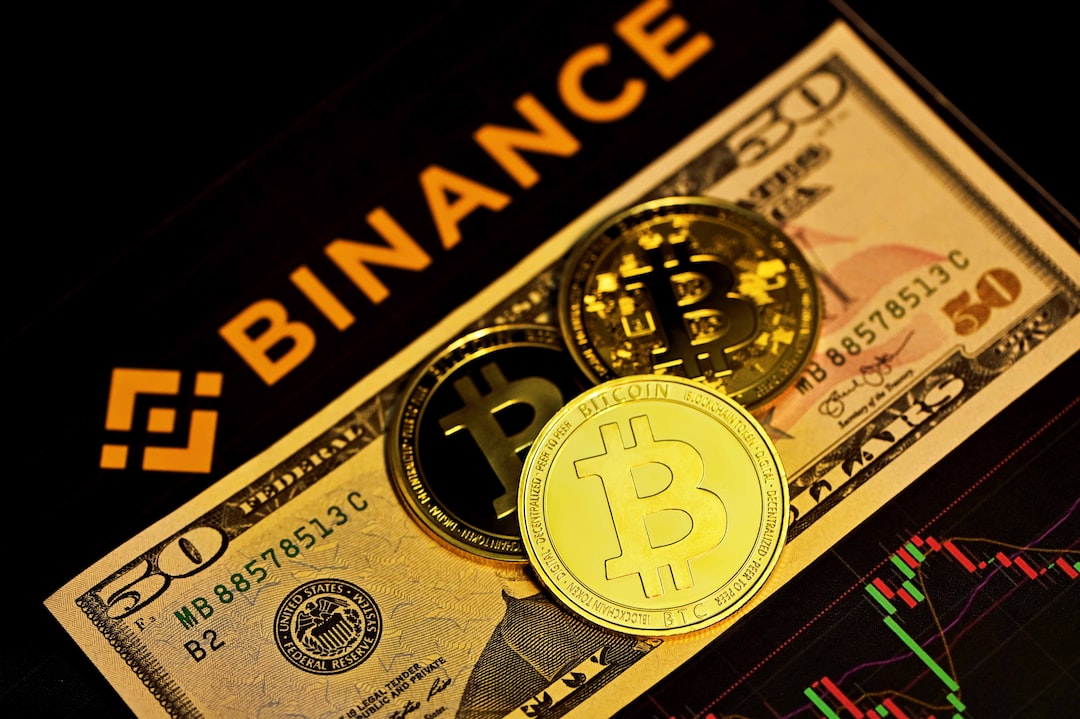Bitcoin Network Fees Surge to Big Mac Levels
The price of Bitcoin (BTC) surged in October, attracting the attention of investors and cryptocurrency traders. This increase in demand for the Bitcoin Network has caused transaction fees to rise to levels higher than the cost of a Big Mac.
According to data retrieved by Finbold from mempool.space on November 7, users have been paying an average of 0.00017510 BTC ($6.08) in fees per transaction and 0.5796 BTC ($20,131) per block. Bitcoin miners collected 983.46 BTC ($34.16 million) in mining rewards during this period.
Why Are Bitcoin Network Fees Increasing?
The scarcity of block space on the Bitcoin blockchain limits the number of transactions that can be added to the next block and confirmed by the network. During periods of high on-chain volume, competition for available block space causes fees to surge as users outbid each other to jump the queue of awaiting transactions.
Price spikes often lead to an urgent selling desire to realize profits, which can cause transaction fee hikes. Similar phenomena could occur during price drops as investors try to exit their positions.
The last time average fees were as high as the cost of a Big Mac was on June 7, recovering from a $31.14 average transaction fee on May 8, according to BitInfoCharts.
What is the Big Mac Index?
The Big Mac index was created by The Economist in 1986 as a measure of “fair value” for worldwide currencies based on purchasing-power parity (PPP) theory. In this context, the Big Mac price can also be used as a measure of accessibility for the Bitcoin network.
High costs and lack of accessibility could impact demand for BTC in the spot market, prompting users to move to more efficient networks like layer-2 protocols such as the Lightning Network.
It is important to note that using the Lightning Network in a high-fee scenario could expose users to the risk of having their BTC locked in the layer-2 protocol. Additionally, fees may continue to rise if demand for block space does not drop, making channel closures unaffordable.
Hot Take: Is Accessibility Hindered by Rising Transaction Fees?
The surge in Bitcoin network fees has raised concerns about accessibility and affordability for users across different economic realities. As fees continue to rise, there may be an increased shift towards more efficient networks and layer-2 protocols like the Lightning Network. However, this could also pose risks for users and impact demand for BTC in the spot market.
Fin Boldom has emerged as a notable crypto analyst, accomplished researcher, and adept editor, leaving a distinct mark in the field of cryptocurrency. As a skilled crypto analyst and researcher, Fin’s insights delve deep into the complexities of digital assets, resonating with a diverse audience. His analytical acumen is seamlessly complemented by his editorial finesse, enabling him to distill intricate crypto information into easily comprehensible content

